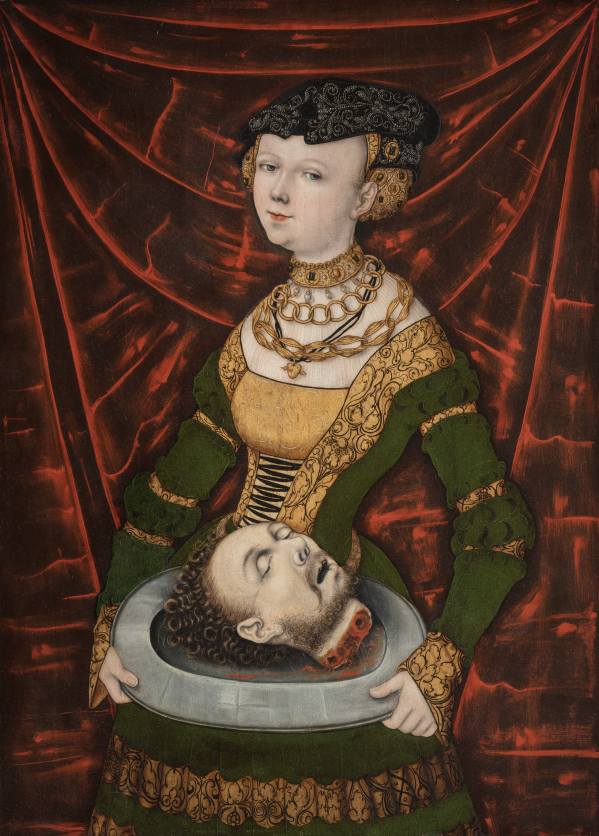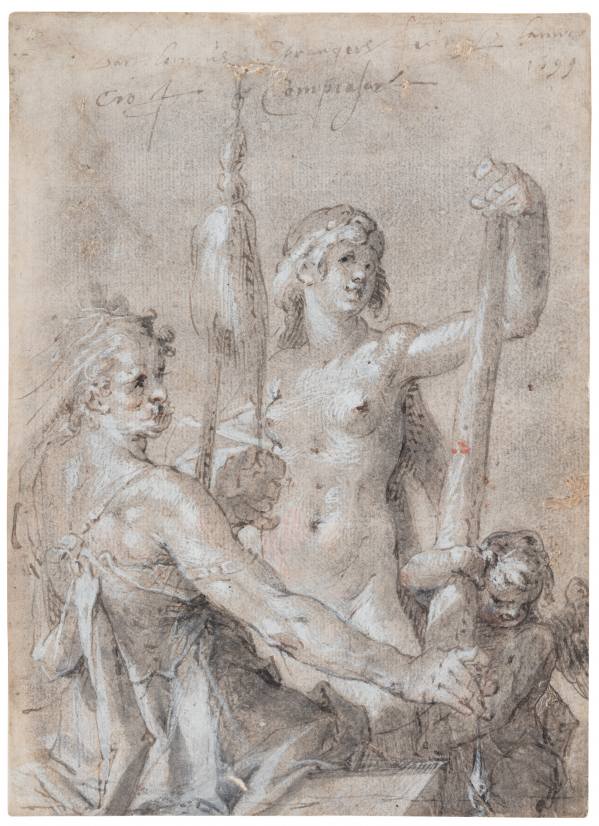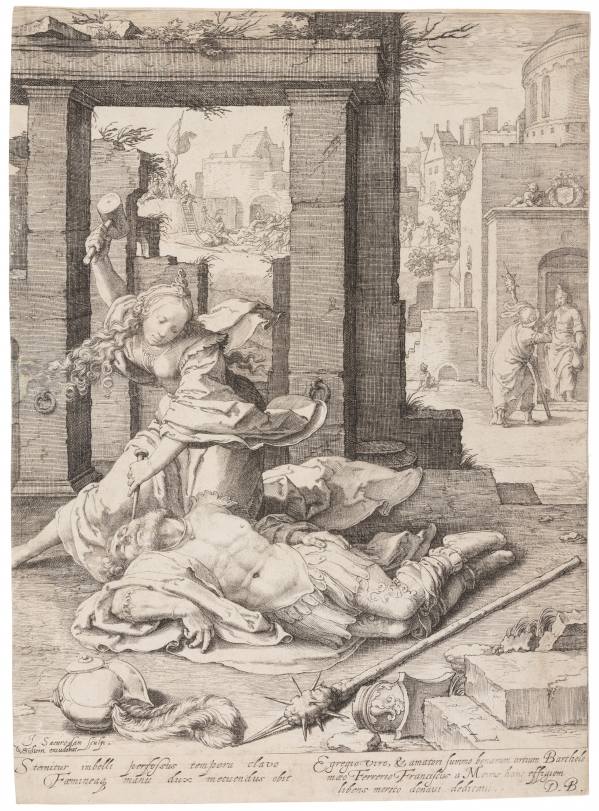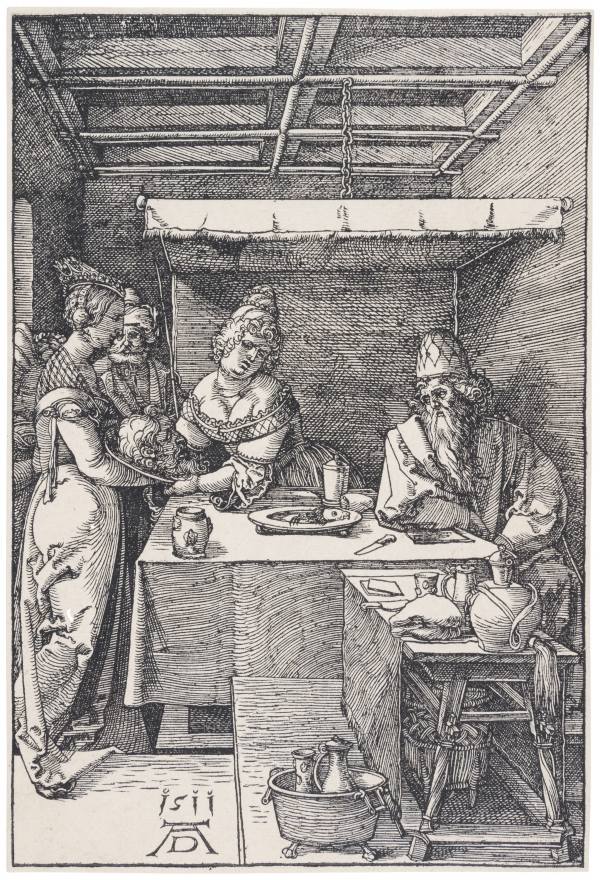The exhibition presents reflections of women’s strength and power in 16th-century art – in German and Netherlandish prints, drawings, and paintings by key masters.
Over the ages, women were generally seen through the prism of the dominant role of men, yet there are numerous stories that tell of women who are strong, powerful, courageous, or, conversely, cunning and immoral, who triumphed over the stronger sex. Their stories were drawn from the Bible, ancient myths, medieval literature, and so on.
The first woman who exerted powerful influence over men was Eve, the primal mother, who made Adam eat the apple from the tree of knowledge, shown here in a painting by Anton Heusler, for example. As regards positive examples of heroines from the popular print collections Exemplary Women or Virtuous Women published in the 15th and 16th centuries, we often find Judith who decapitated the military commander Holofernes. Another biblical heroine, Jael, is also frequently depicted here. The exhibition shows both women in prints by major artists such as Hendrik Goltzius, Albrecht Altdorfer, Maarten van Heemskerck, Bartholomeus Spranger, and others.
Other – cautionary – series dealing with female power show men whose indiscretions led to them being overcome by women such as Delilah from the Old Testament, as well as Salome, depicted in Albrecht Dürer’s prints, or in a painting by Master IW, an important disciple of Lucas Cranach.
Bartholomeus Spranger’s drawing depicts Queen Omphale humiliating the hero Heracles according to the ancient myth. Another cautionary tale from medieval times is that of Phyllis; or the tale of the poet Vergilius’ failure as shown in a print by Lucas van Leyden. The power of woman over man is also exemplified by the protagonist of courtly love, the unattainable lady, from the circle of Lucas Cranach.
Currator: Alena Volrábová
Schwarzenberg Palace, Graphic Cabinet
The first woman who exerted powerful influence over men was Eve, the primal mother, who made Adam eat the apple from the tree of knowledge, shown here in a painting by Anton Heusler, for example. As regards positive examples of heroines from the popular print collections Exemplary Women or Virtuous Women published in the 15th and 16th centuries, we often find Judith who decapitated the military commander Holofernes. Another biblical heroine, Jael, is also frequently depicted here. The exhibition shows both women in prints by major artists such as Hendrik Goltzius, Albrecht Altdorfer, Maarten van Heemskerck, Bartholomeus Spranger, and others.
Other – cautionary – series dealing with female power show men whose indiscretions led to them being overcome by women such as Delilah from the Old Testament, as well as Salome, depicted in Albrecht Dürer’s prints, or in a painting by Master IW, an important disciple of Lucas Cranach.
Bartholomeus Spranger’s drawing depicts Queen Omphale humiliating the hero Heracles according to the ancient myth. Another cautionary tale from medieval times is that of Phyllis; or the tale of the poet Vergilius’ failure as shown in a print by Lucas van Leyden. The power of woman over man is also exemplified by the protagonist of courtly love, the unattainable lady, from the circle of Lucas Cranach.
Currator: Alena Volrábová
Schwarzenberg Palace, Graphic Cabinet










